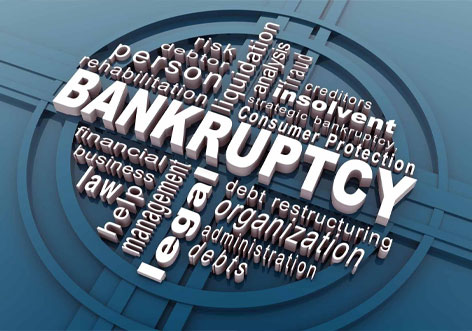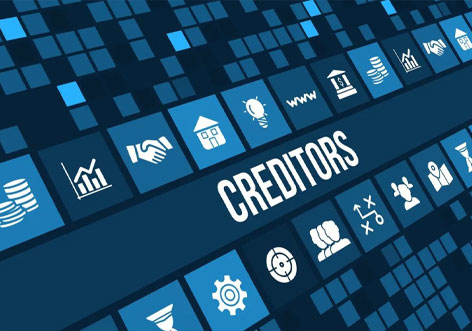About Us
- Home
- About
Let’s Know Short Story About IBC Guide.
IBC GUIDE (Insolvency and Bankruptcy Code) is dedicated to express views on Insolvency, Banking, Bankruptcy, Liquidation and related topical legal issues, thereby generating a cross current of ideas on emerging matters. IBC GUIDE also aims to explore challenges that lie before lawmakers, lawyers and the society at large, in the event of the ever-changing social, economic and technological scenario. This platform shall ignite igniting the initiative and desire of legal professionals to contribute in the field of law alongside the erudite response of legal luminaries.
Content on the website can be viewed by all, free of cost.
The Insolvency and Bankruptcy Code, 2016 is listed for passage in Rajya Sabha today. Last week, Lok Sabha passed the Code with changes recommended by the Joint Parliamentary Committee that examined the Code. We present answers to some of the frequently asked questions in relation to the Insolvency and Bankruptcy Code, 2016.
Insolvency resolution in India took 4.3 years on an average. This is higher when compared to other countries such as United Kingdom (1 year) and United States of America (1.5 years). Figure 1 provides a comparison of the time to resolve insolvency for various countries. These delays are caused due to time taken to resolve cases in courts, and confusion due to a lack of clarity about the current bankruptcy framework.
What does the current Code aim to do? The 2016 Code applies to companies and individuals. It provides for a time-bound process to resolve insolvency. When a default in repayment occurs, creditors gain control over debtor’s assets and must take decisions to resolve insolvency within a 180-day period. To ensure an uninterrupted resolution process, the Code also provides immunity to debtors from resolution claims of creditors during this period. The Code also consolidates provisions of the current legislative framework to form a common forum for debtors and creditors of all classes to resolve insolvency.




